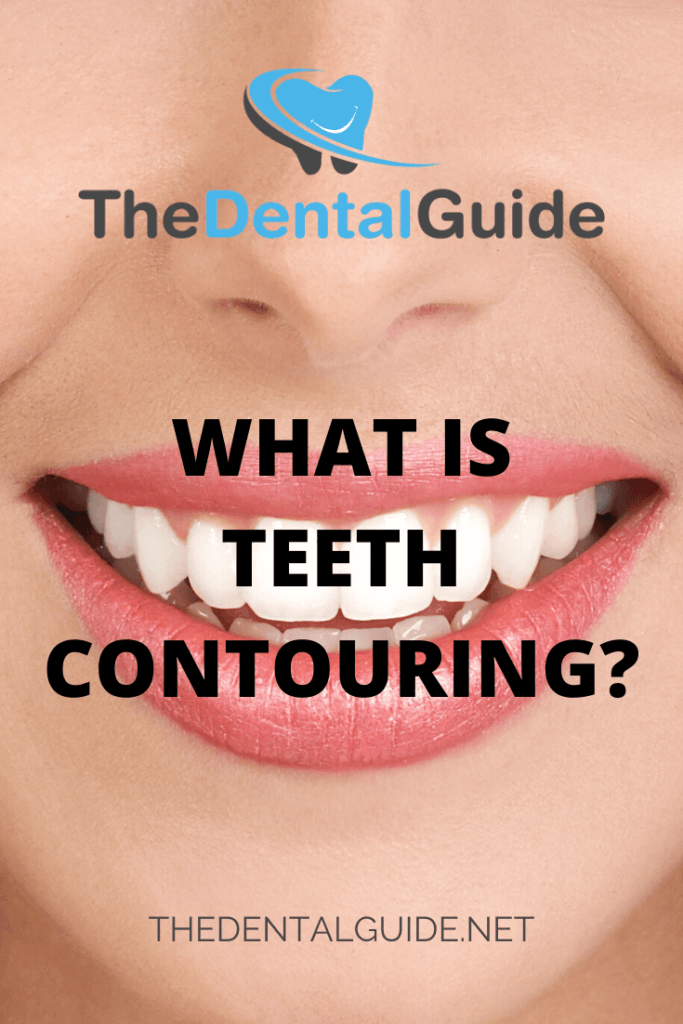Lots of people look in the mirror and find one part of their smile they wish they could change. For many, teeth contouring is a quick and straightforward solution for those who would like their teeth to be just a little straighter.
What is Dental Contouring?
Dental contouring involves a dentist removing the top layer of a tooth to change it’s shape, length, or appearance. Only the top layer of enamel is removed, making it a minor adjustment. However, this small change can have a considerable impact on the overall look of your smile.
This procedure is often carried out on pointy teeth to round them off or on slightly crooked teeth to help them appear straighter. A dentist can also perform teeth shaving to give a smoother, more polished look to your teeth. All in all, dental contouring is a form of teeth reshaping that is quick and minimally invasive.
What’s Involved?
To reshape your smile, the dentist will perform enameloplasty – the official name of teeth contouring. Usually finished in thirty minutes or less, the dentist will use tools to scrape and sand your teeth. They may be filing your teeth as well, depending on the extent of the procedure. Afterwards, the dentist will polish your teeth to make them shine like new and help protect them.
The procedure only removes the top layer of your teeth – the enamel. Enamel is vital to protecting your teeth from bacteria. It is only 2.58 mm thick, so no more than that should be taken off with a proper procedure.
Pros & Cons
Many people consider dental contouring. Some of the advantages include:
- Simple and fast (usually less than 30 minutes)
- Only has to be done once for a lifetime of benefit
- Smoother teeth
- More symmetrical smile
- Can eliminate chips or cracks in teeth
- Improved bite if long teeth are evened out
While these are some excellent things to look forward to, there are drawbacks. These include:
- Can only be used on minor cosmetic problems
- Enamel does not grow back; if too much is taken, teeth may become extra sensitive and open to infection
- Potential for tooth discolouration
- Teeth are more fragile and sensitive due to lack of enamel
Alternative Treatments
Dental contouring is a permanent procedure. It takes away your teeth’s enamel, and this top, protective layer does not grow back. So, you may wish to forgo teeth contouring for an alternative treatment.
Standard alternative options are:
- Clear Aligners: these invisible retainers straighten teeth over time for a symmetrical smile.
- Braces: this standard orthodontic device moves teeth to a more desirable location using metal brackets.
- Dental veneers: dentists can add a porcelain or composite tooth on top of a crooked, stained, or chipped one to improve appearance.
- Tooth bonding: dentists will add composite resin for filling teeth or reshaping misshapen teeth.
Contouring your teeth through a simple dental procedure can be a very enticing prospect. In less than an hour, your smile can be both straighter and smoother. While there are plenty of alternatives, this procedure is quite popular for a good reason.
